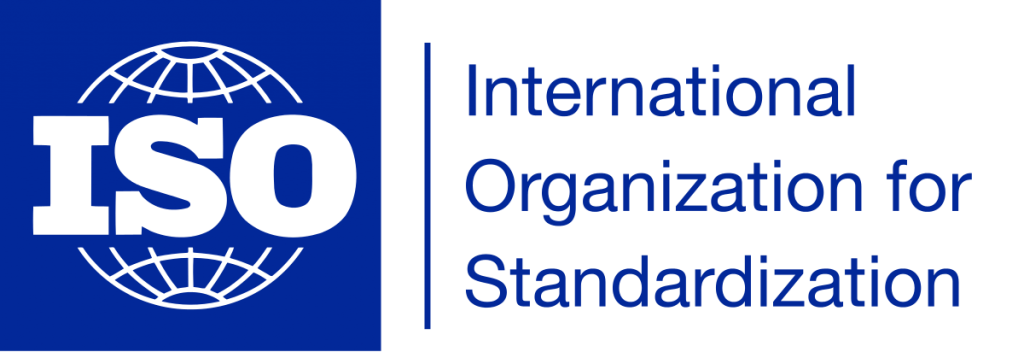By Akanimo Sampson
The global commercial drone market is skyrocketing in recent years and is showing no signs of abating. Last November 28, the Financial Times estimated the market to grow from $4.00 billion to $40 billion in the next five years.
But, international standards are essential to ensure a minimum level of safety and quality. To this end, a new International Standard Organisation (ISO) standard has been published to keep everyone in the industry on the same plane.
ISO is, however, an independent, non-governmental international organisation with a membership of 164 national standards bodies.
Through its members, it brings together experts to share knowledge and develop voluntary, consensus-based, market-relevant international standards that support innovation and provide solutions to global challenges.
In the January newsletter of ISO, the organisation said from delivering parcels to surveying cows in faraway pastures, the application of drones, also known as Unmanned Aircraft Systems (UAS), has expanded into a wide number of uses.
These include solutions to many of the world’s problems. Surveying or detecting forest fires, monitoring the status of water bodies and traffic jams, these are just some examples where they are proving their unique worth.
Ensuring everyone in this fast-growing industry is on the same page, however, is essential to ensure minimum safety and quality, not to mention coordination and organisation in the airspace.
ISO 21384-3, Unmanned Aircraft Systems – Part 3: Operational procedures, has been published to meet that need. It is the first international standard for UAS and specifies internationally agreed and accepted requirements for safe commercial operations.
Chairman of the ISO subcommittee that developed the standard, John Walker, said there are hundreds of applications for small UAS alone that will benefit from this standard, including construction, safety, security, mining, maritime operations and more.
“The range of applications is growing fast, but at the same time, the industry is very much in its infancy, and there are a number of key obstacles to overcome before large-scale commercialization is achieved,” he said.
“ISO 21384-3 will help resolve those challenges by providing an airworthiness framework for the global UAS industry, allowing for safer and more widespread use.”
The committee is also working on several complementary standards that will address other aspects such as safety, quality and terminology. These include ISO 21384-2, Unmanned aircraft systems – Part 2: Product systems, ISO 21384-4, Unmanned aircraft systems – Part 4: Vocabulary, and ISO 23665, Unmanned aircraft systems – Training for personnel involved in UAS operations.
“Together, these standards will enable the development of new applications for UAS far beyond that which we see now,” said Walker.
ISO 21384-3 was developed by ISO Technical Committee ISO/TC 20, Aircraft and space vehicles, subcommittee SC 16, Unmanned aircraft systems, whose secretariat is held by ANSI, ISO’s member for the USA. It can be purchased from your national ISO member or through the ISO Store.

